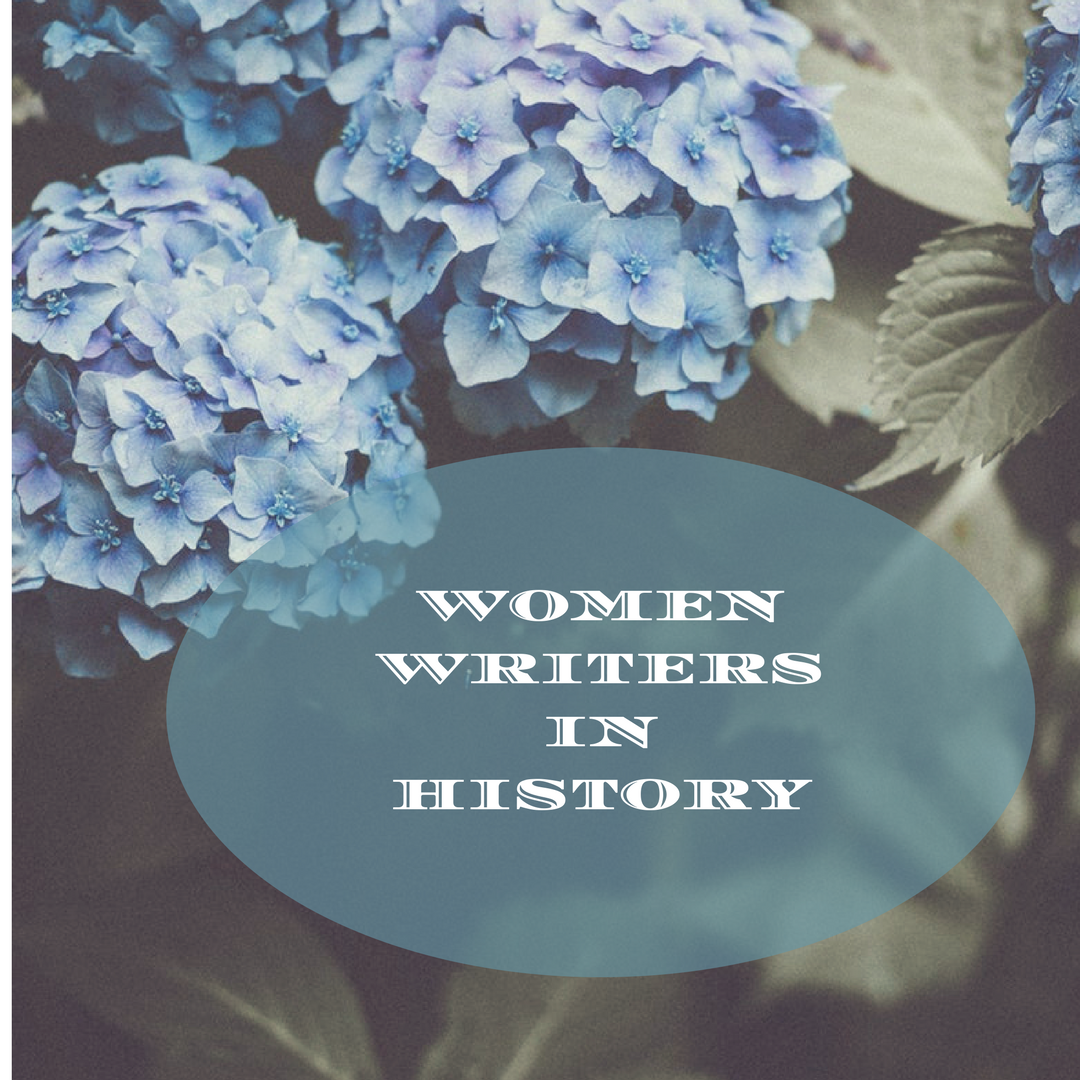
Literary Women in Histor
Beatrix Potter: When Trials Pave a Way to Destiny by Kathryn Ross
There is something delicious about writing the first words of a story. You never quite know where they’ll take…
April 3, 2018
There is something delicious about writing the first words of a story. You never quite know where they’ll take…
April 3, 2018It is only a novel . . . or, in short, only some work in which the greatest powers…
March 3, 2018
“… a hermitage, which is about an acre of ground—an island, planted with all variety of trees, shrubs and…
February 3, 2018
Then the Lord answered me and said: “Write the vision and make it plain on tablets, that he may run who reads it. Habakkuk…
December 2, 2017